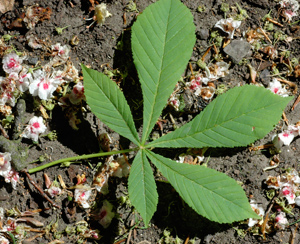chestnut tree leaves identification
Vascular bundles in a sunburst pattern on. A horse chestnut tree has a rounder shaped.

American Chestnut Purdue Fort Wayne
IDENTIFICATION OF CHESTNUT CASTANEA SPECIES R.
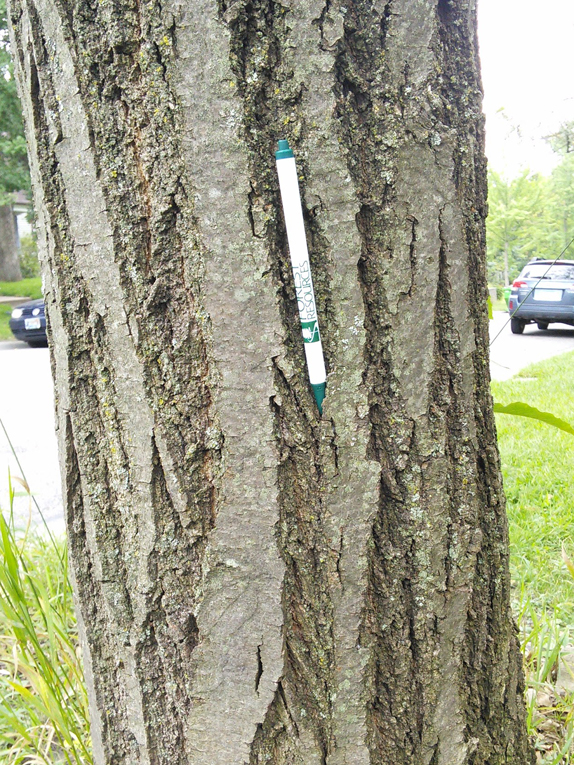
. Most striking are the hairs on the under-surface of Chinese chestnut. They are oval glossy on top and smooth on their backsides with tooth-shaped indentations along. Chestnut tree leaves identification.
The large deciduous tree typically. The Japanese chestnut trees that were extensively planted in eastern North America after 1876 were predominately orchard trees. Large teeth lining the edge of the leaf with a bristle at the tip that grows inward.
Morphological review is a process where a trained scientist reviews a set of known morphological attributes that can be seen in a well. Chinese chestnuts have a wider leaf and they are often shiny. Long leaves in relation to its width.
Despite its common name it is a member of the Beech family and not the Horse Chestnut family. Chestnut trees have dark green leaves that are between 3 and 5 inches long. To protect against disease you should.
The horse chestnut tree also known as Aesculus hippocastanum is a beautiful species that is hardy in zones 4 to 7. The chestnut oaks have leaves much like those of the chestnut tree but have blunt leaf teeth that. Identify the tree that the chestnut has fallen from as a chestnut tree.
Nuts are relatively small 12 to 1 inch in diameter. Chinese chestnut leaves have a U shape at the leaf base. Tips of American chestnuts are pointed.
Edible chestnuts often hang in pairs or in threes or clusters. It requires full sun average watering and likes fertile soil. Chinese chestnut leaves are.
According to the American Chestnut Foundation there are several ways in which to identify whether a tree is an American chestnut or a Chinese chestnut. Zander November 17 2000. It has been grown for centuries for its edible seed the sweet chestnut.
They are usually very resistant to chestnut blight and ink. Nuts are hairy over 13 to 23 of length from pointed end. It is used as an ornamental or shade tree in landscape.
The horse chestnut tree is a sizable ornamental landscape tree with clusters of white flowers sizable prickly seed pods and huge leaves. Small-leafed chestnut is a fast-growing tree that thrives in USDA hardiness zones 7 through 11. Nuts have pointed tips and are ½ to 1 inch in.

Leaf Identification Teaching Resources Teachers Pay Teachers

American Chestnut The Intown Hawk

Virginia Tech Dendrology Fact Sheet
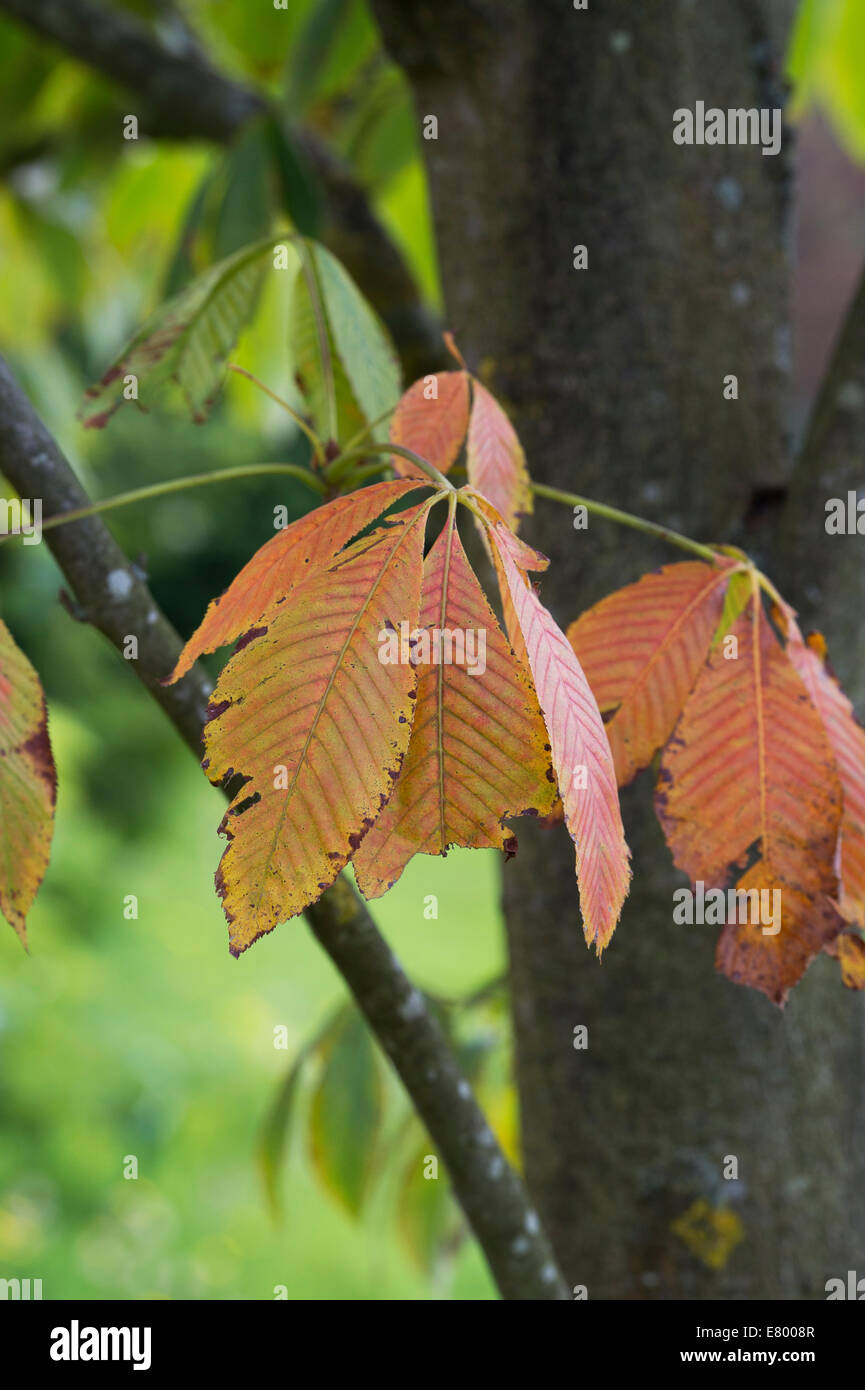
Chestnut Tree Leaves Hi Res Stock Photography And Images Alamy

Castanea Mollissima Chinese Chestnut North Carolina Extension Gardener Plant Toolbox

Horse Chestnut Trees Horse Chestnut Tree Facts Information
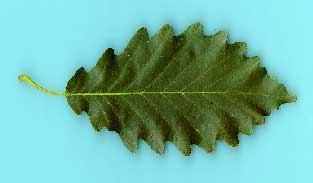
Chestnut Oak Department Of Horticulture
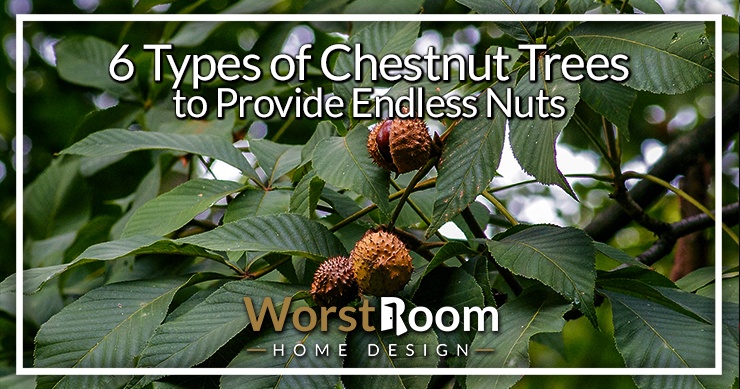
6 Types Of Chestnut Trees To Provide Endless Nuts Worst Room

Horse Chestnut Tree Leaves Flowers Bark Pictures Identification

Chestnut Trees Types Leaves Fruit American European And More Pictures Identification
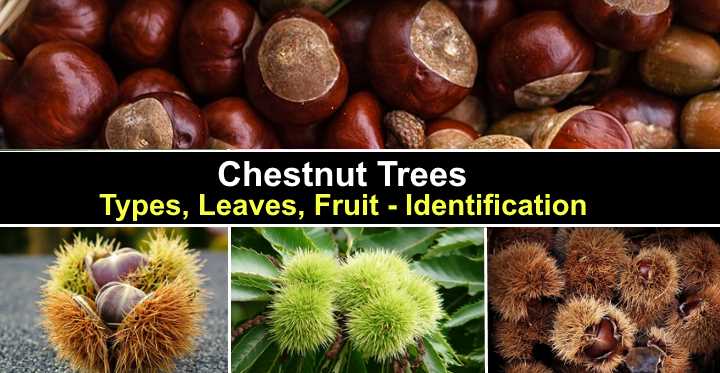
Chestnut Trees Types Leaves Fruit American European And More Pictures Identification

American Chestnut Ewa Guide To The Plants Of The Fells Us Inaturalist
Hybrid American Chestnuts Penn State College Of Agricultural Sciences

Cloe Chunn To Lead A Tree Identification Walk Along The Rail Trail Sept 24 Penbay Pilot

Tree Identification The American Chestnut Foundation

Chinese And American Chestnuts The American Chestnut Foundation
